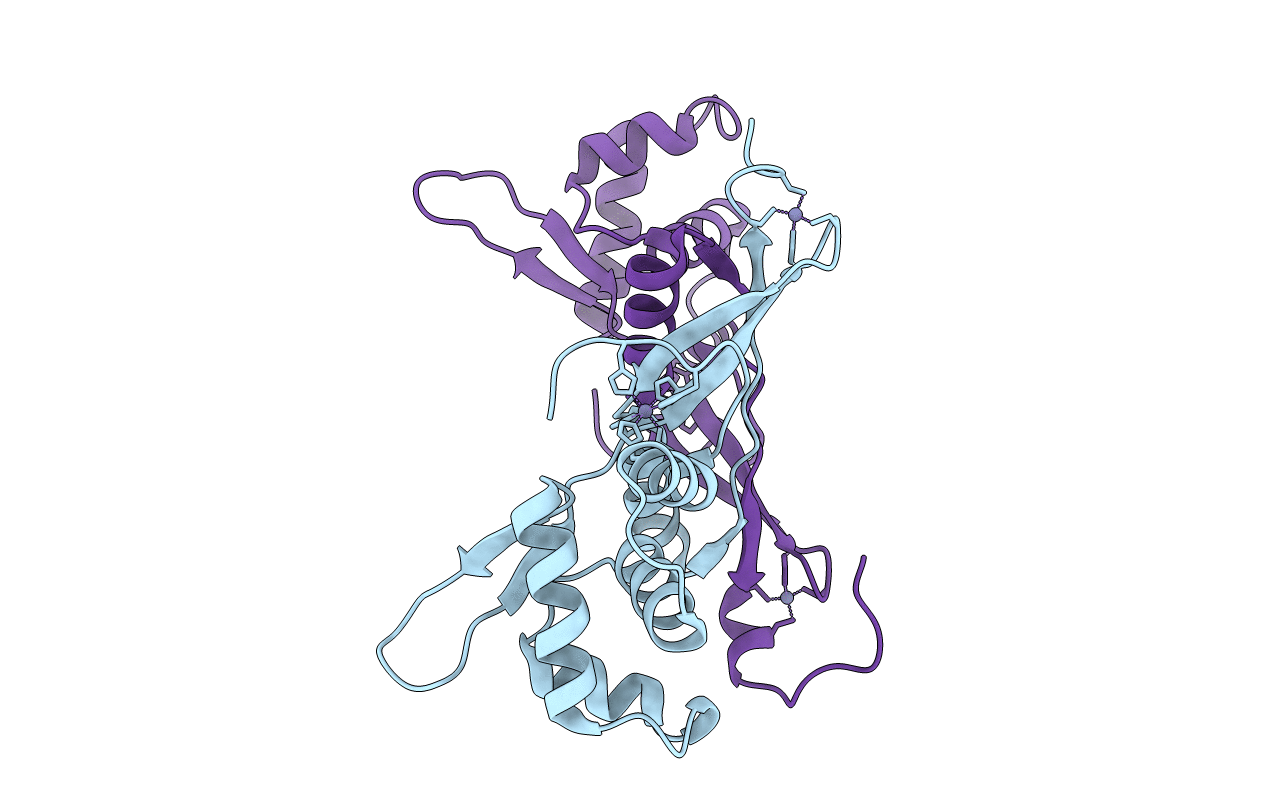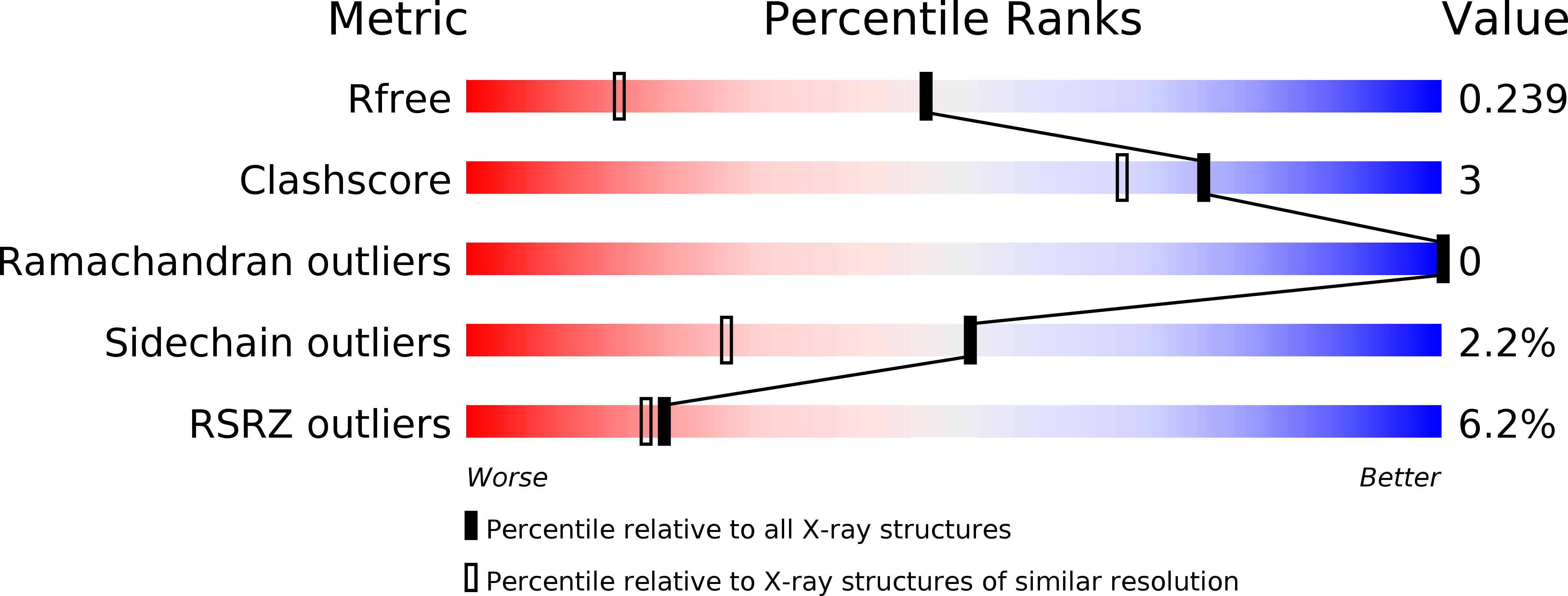
Deposition Date
2013-07-11
Release Date
2014-04-02
Last Version Date
2024-03-20
Entry Detail
Biological Source:
Source Organism:
Streptococcus pyogenes (Taxon ID: 1138874)
Host Organism:
Method Details:
Experimental Method:
Resolution:
1.60 Å
R-Value Free:
0.23
R-Value Work:
0.22
R-Value Observed:
0.22
Space Group:
P 1 21 1


